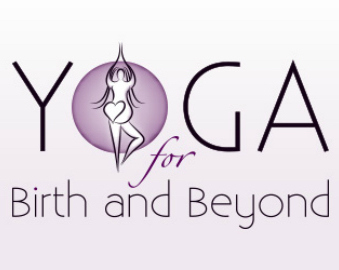The majority of women nowadays are familiar with the term “Active Birth” – what does it mean though? Does it mean you have to be on the move during the whole of labour? Not necessarily!
Research has shown that, when no complications exist, women should be encouraged to be in upright positions during labour, be free to move around and to choose their position of birth as this reduces pain, allows more oxygen to flow to the baby, uses gravity well and often shortens labour. Active birth positions can also help your baby to position well. All of this may reduce the need for medical intervention.
Why is this important? The female pelvis is an incredible structure, designed to allow a baby to move through it and open up more easily than normal during labour because of the hormone relaxin which softens ligaments and tissues. Imagine the difference between a woman lying down, immobile, resting on the sacrum (the upside-down triangular bone above the crease of buttocks) and tailbone and a woman who is upright with legs wide in an open position. In the latter position, the baby has more space to manoeuvre and rotate AND it usually feels less painful and more empowering.
Some women worry that their baby is too big or their pelvis is too small and in this case it is even more important to understand the difference you can make with positioning and movement. The wonderful midwife Ina May Gaskin remarks in her book “Ina May’s Guide to Childbirth” that women “get bigger than their babies”. Positions such as lunges open the pelvis really efficiently (careful though if you have been diagnosed with pelvic pain and talk to your midwife about suitable positions)
Active Birth is not just about positioning either – one of the pioneers of the Active Birth movement is Janet Balaskas who wrote the great book “New Active Birth” – a must-read. She explains that its also about being actively involved in birth preparation, feeling empowered and not taking a passive role and letting others direct your birth. Remember you are not a patient who is sick – you are a woman going through a normal life experience!
So what positions are likely to help? During the first stage of labour use “open” positions – such as standing with legs apart, kneeling, all fours, lunges and semi squats. Most women will naturally lean forward and this helps the uterus to work well (it tips forward when contracting). Leaning forward also opens out the space between the pubic bone and the sacrum and tailbone – which lift up when squatting or kneeling. When you lean back in a semi-reclined position (often used for the actual birth of the baby) that space is much smaller.
In the second stage – the actual birth – gravity will help the baby to move down more easily. You might try semi-squatting with the support of a partner or handing on to a bar or rope, full squats – though these need to be done properly to get the maximum benefit out of the position – using a birth stool might help or support under heels, kneeling and lunging are also helpful positions.
What happens if you have to have a monitor on, as in the case of induction? Ask for a mobile monitor or see if it is possible to be on all fours, sit on a Birth Ball or even lying on your left side rather than being semi-reclined on the bed (which doesn’t encourage your baby into a favourable position). There are monitors now where you can even still get into the bath. Your midwife will help – you just need to ask.
Unfortunately, we rarely see women in the media using these positions and so it is ingrained in many women’s minds that semi-reclining in a bed is the norm for giving birth – it is certainly easier for the doctor, however, it is your birth, your baby so STAND UP FOR BIRTH and be part of the movement to empower women!

